Spotlights - Science in a Nutshell
In this section you can find edited scientific information for the interested public in the form of Spotlights that are added by map and information material. The Spotlights explain in a nutshell important topics of the research conducted at the Institute of Coastal Research, for example shipping emissions, ocean currents and the Wadden Sea. An important aspect of the work carried out by the scientists is the research of matter cycles in coastal seas. The Spotlight content links directly to the access of data and visualisation within coastMap.

Metals and heavy metals occur naturally in the environment. However, the largest amount arises from human activities. At the Hereon, metals are detected and transport pathways determined.
Metals
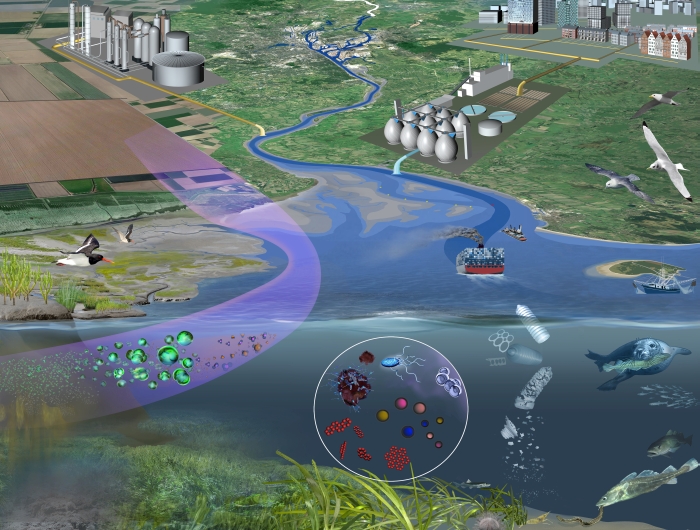
Many products used on a daily basis contain chemicals. Those chemicals provide products with the desired characteristics. It is important to understand the effetcs of these persistent pollutants.
Pollutants
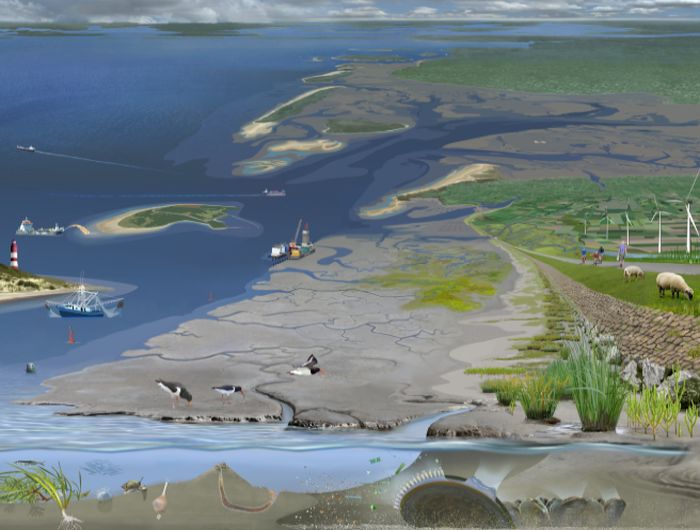
The Wadden Sea of the southern North Sea is a unique and highly sensitive habitat. It is highly by the tides.This also shows the designation of the area as UNESCO World Natural Heritage (since 2009).
Wadden Sea
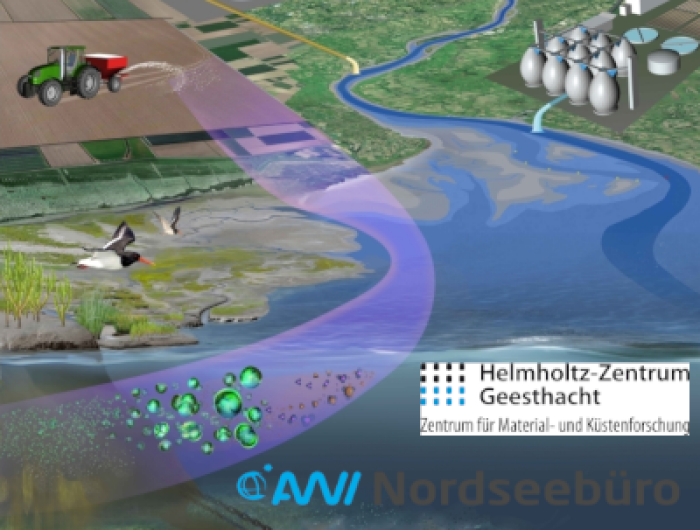
Plant nutrients play an important role for life in the sea. Nutrient oversupply can lead to excessive algae bloom and environmental problems. Scientists from AWI and Hereon work jointly together on the topic.
Eutrophication
Ocean currents are vital to many aspects of the marine ecosystem. Ocean currents transport food to fishing grounds but also distribute pollutants that are, for example, introduced by rivers.
Currents
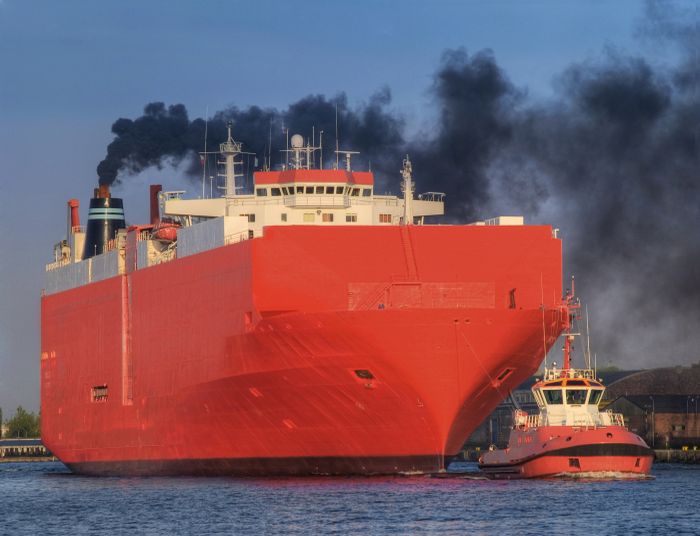
Ships substantially contribute to air pollution in heavily travelled coastal regions by emitting nitrogen oxides. Using computer simulations, researchers at Hereon have determined the extent of this pollution.
Shipping Emissions
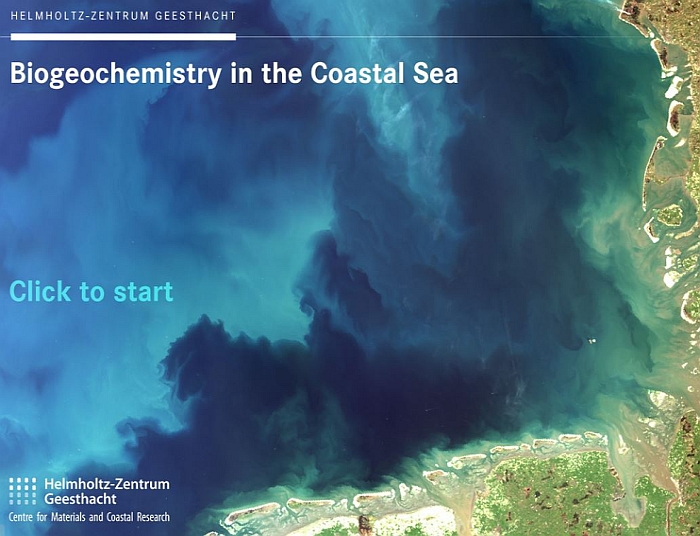
The global coastal seas form a narrow strip between land and ocean. Join us on a discovery journey through the North Sea and the biogeochemical work of the Institute of Coastal Research.
Matter Cycles

On the backdrop of the North Sea bathymetry coastMap is introduced in a 3D video. The elevation is over exaggerated by a factor of 50 to emphasise subtle differences in seafloor stuctures.
3D video
